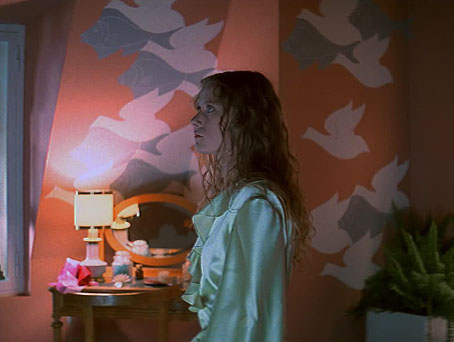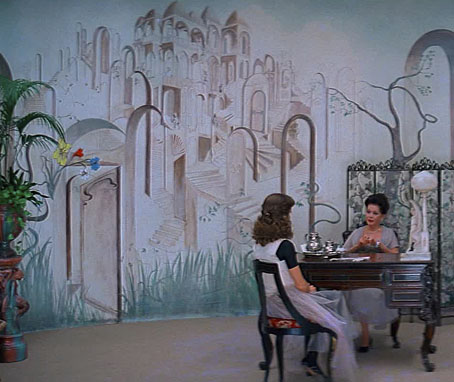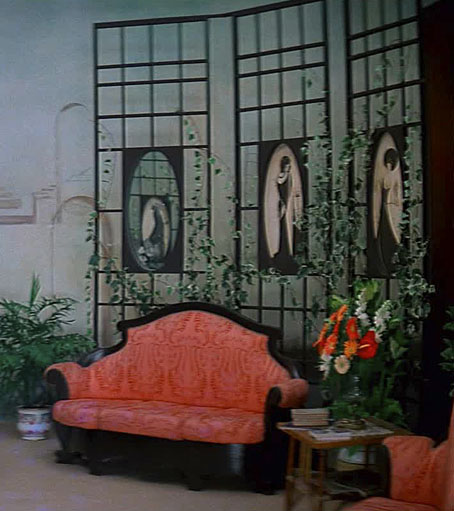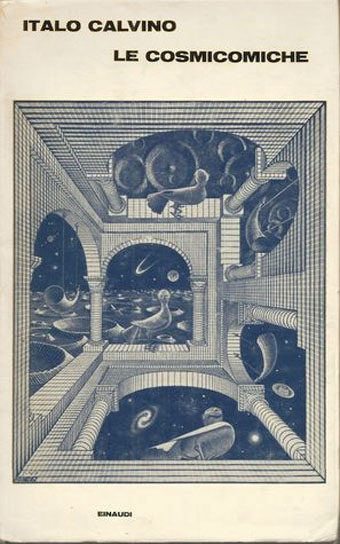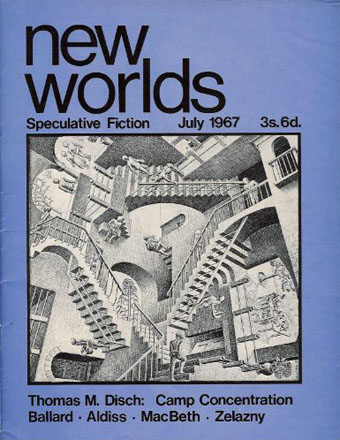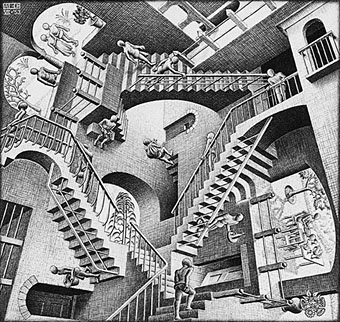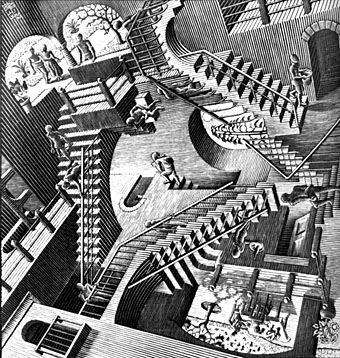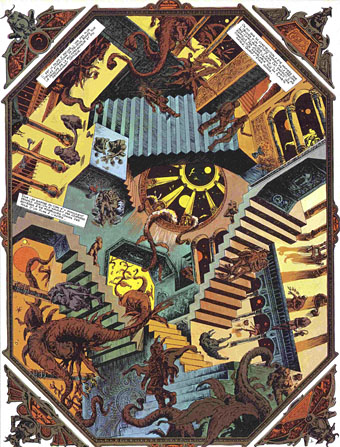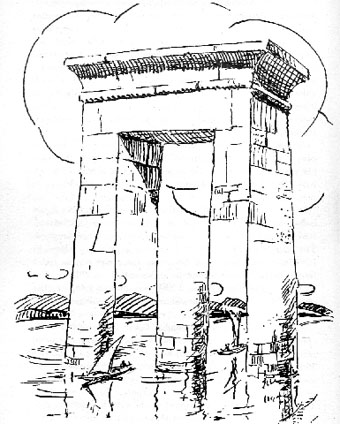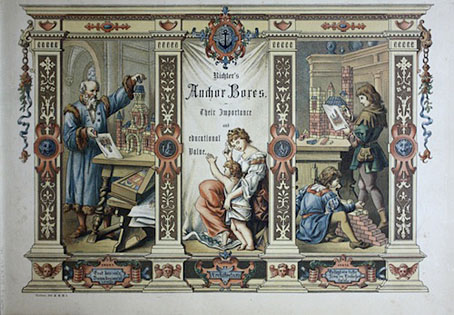
It’s safe to say that I wouldn’t have paid much attention to illustrations from a toy catalogue from 1880 if I hadn’t recognised the pictures from their fleeting appearance in Jan Svankmajer’s Jabberwocky (1971). One sequence in Svankmajer’s animated film has a battalion of toy soldiers emerging from the sleeves of a boy’s sailor suit. While the soldiers march around a table, a drawer opens and the wooden blocks within build themselves into a variety of architectural forms. Cut into this sequence are the pictures from Richter’s toy catalogues.
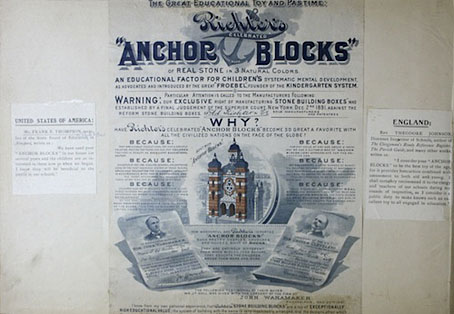
The latter have intrigued me ever since I spotted them in the film (the edits are typically brief) for their inadvertent Surrealism, a quality that may also have appealed to Svankmajer. Most catalogues devoted to toy blocks would display their potential constructions in a neutral space; Richter’s catalogue shows the block constructions as life-size architectural creations in otherwise realistic settings. The engraved renderings are rather fine as well, which adds to their strange atmosphere. There’s a definite Escher quality to some of the plates, in the shapes of the buildings—some of which resemble Escher’s famous fantasy constructions—and in the disparities of scale, a factor explored in this print.
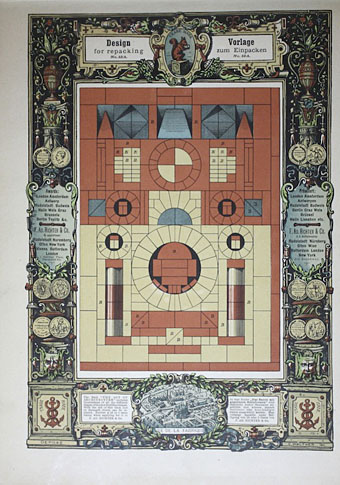
The Internet Archive has two Richter catalogues here and here, both of which contain illustrations seen in Svankmajer’s film. Wikipedia has a short history of the blocks which notes that they also appear in Svankmajer’s Alice (1988).

